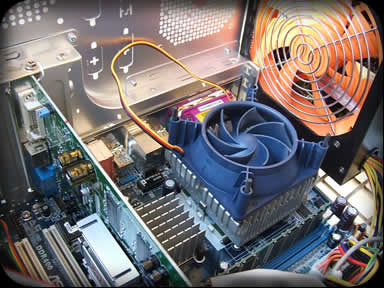In questo articolo vedremo 3 modo di installare Ubuntu su un drive USB.
Vedremo come creare un disco con Ubuntu live su USB, proprio come il CD live. L’unica differenza è che ci sarà l’avvio e l’installazione di Ubuntu con questo dischetto live USB, e come ultima opzione come fare una installazione completa di Ubuntu sul vostro drive USB.
Opzione 1: Fare Boot di Ubuntu come Live CD dal vostro USB Flash Drive
Utilizzare questa opzione per installare Ubuntu come Live, che consente di fare il boot da flash drive USB in Ubuntu, sperimentare l’ambiente Linux, ma non mantiene le modifiche o le impostazioni dopo l’arresto del sistema. Questo è un ottimo modo per prendere confidenza con il sistema operativo, di testare alcune delle sue capacità, nonché la compatibilità hardware con il proprio PC.




